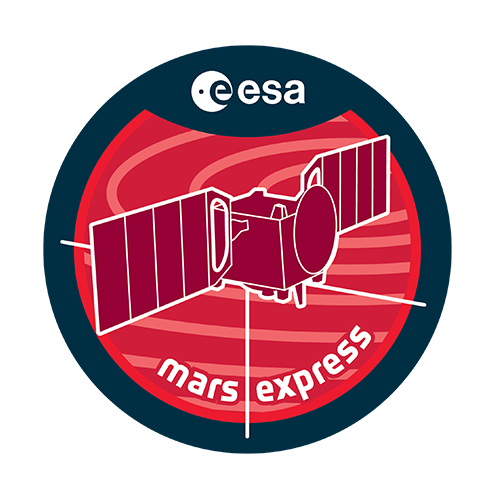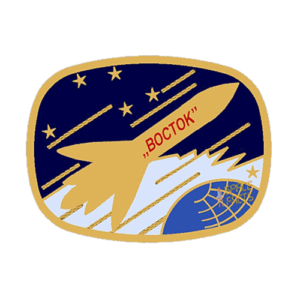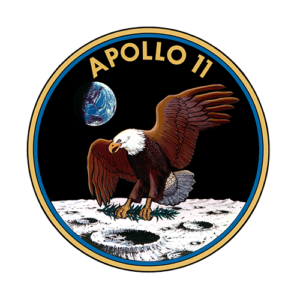The Mars Express program, initiated by the European Space Agency (ESA), represents Europe’s first mission to Mars and has been a cornerstone of planetary exploration since its launch on June 2, 2003. The mission’s primary objectives include mapping the Martian surface in high resolution, analyzing the composition of the atmosphere, studying the subsurface structure, and searching for signs of water and potential habitability.
Notable achievements of Mars Express include the discovery of subsurface water ice, detailed 3D imagery of the Martian terrain, and significant contributions to our understanding of the planet’s geology and climate. The mission’s success has solidified ESA’s role in planetary exploration and provided invaluable data that continues to inform future missions to Mars.
History & Evolution
The Mars Express program originated in the late 1990s as part of ESA’s broader efforts to explore the solar system. The mission was conceived as a cost-effective and scientifically robust venture to capitalize on existing technology and international collaboration. Mars Express was developed rapidly, leveraging technologies and expertise from previous missions and international partners, including the Russian Space Agency.
The spacecraft was launched on June 2, 2003, aboard a Soyuz-FG rocket from the Baikonur Cosmodrome in Kazakhstan. It reached Mars in December 2003 and successfully entered orbit around the planet. One of the key components of the mission was the Beagle 2 lander, designed to conduct on-the-ground scientific experiments. Unfortunately, contact with Beagle 2 was lost upon its deployment, but it was later found on the Martian surface, partially deployed.
Mars Express carried a suite of scientific instruments, including the High-Resolution Stereo Camera (HRSC), the Mars Advanced Radar for Subsurface and Ionosphere Sounding (MARSIS), and the OMEGA infrared spectrometer. These instruments have enabled groundbreaking research, including the detection of hydrated minerals, mapping of the Martian surface, and identifying signs of liquid water beneath the surface.
Over the years, Mars Express has undergone several mission extensions, reflecting its continued scientific value and operational success. The mission has adapted to new scientific goals, such as monitoring the Martian climate and atmosphere over time, and has collaborated with other Mars missions to maximize scientific returns.
Mission Objectives
The primary goals of the Mars Express program are to enhance our understanding of Mars’ geology, climate, and potential for life. Key mission objectives include:
- Surface Mapping: Utilizing the High-Resolution Stereo Camera (HRSC) to create detailed 3D maps of the Martian surface, revealing its geological history and structure.
- Atmospheric Analysis: Studying the composition and dynamics of the Martian atmosphere to understand its current state and historical changes.
- Subsurface Exploration: Employing the Mars Advanced Radar for Subsurface and Ionosphere Sounding (MARSIS) to probe beneath the surface, detecting water ice and studying the subsurface geology.
- Search for Water: Identifying and mapping the distribution of water in various forms, including subsurface ice and hydrated minerals, to assess the planet’s habitability.
- Magnetosphere Studies: Analyzing Mars’ interaction with the solar wind and its magnetosphere to understand its atmospheric loss over time.
Infrastructure and Facilities
The Mars Express program utilized several key infrastructure and facilities for its development, launch, and operations:
- Launch Facility: The spacecraft was launched from the Baikonur Cosmodrome in Kazakhstan using a Soyuz-FG rocket.
- Spacecraft Manufacturing: The spacecraft was built by EADS Astrium (now Airbus Defence and Space) with significant contributions from various European industrial partners.
- Mission Operations Centre: The mission is controlled from the European Space Operations Centre (ESOC) in Darmstadt, Germany, which manages all communication with the spacecraft.
- Scientific Collaboration: Mars Express involves extensive collaboration with international partners, including the Russian Space Agency and NASA, to enhance scientific research and data sharing.
- Ground Stations: The mission utilizes ESA’s global network of ground stations, including the Estrack network, to maintain communication with the spacecraft.
Spacecraft and Vehicles
The Mars Express mission involves the use of several key spacecraft and launch vehicles:
- Mars Express Orbiter: Equipped with seven scientific instruments, including HRSC, MARSIS, and OMEGA, designed to study Mars from orbit.
- Beagle 2 Lander: Although it failed to fully deploy, Beagle 2 was designed to conduct surface experiments, including the search for signs of life.
- Soyuz-FG Rocket: Used for launching the Mars Express spacecraft from the Baikonur Cosmodrome.
- ESA’s Estrack Ground Stations: A network of ground stations used for maintaining communication and data transmission with the Mars Express spacecraft.
Achievements and Discoveries
Mars Express has made numerous significant contributions to our understanding of Mars, including:
- Discovery of Water Ice: Identification of subsurface water ice deposits, particularly at the Martian poles.
- Detailed Surface Mapping: Creation of high-resolution 3D maps of the Martian surface, revealing geological features and historical activity.
- Hydrated Minerals: Detection of minerals that form in the presence of water, suggesting past liquid water activity on Mars.
- Methane Detection: Measurement of methane in the Martian atmosphere, which could indicate geological or biological processes.
- Subsurface Lakes: Evidence of liquid water lakes beneath the Martian surface, raising questions about potential habitability.
Current Status of this program
Mars Express remains operational and continues to send valuable data back to Earth. The mission has been extended multiple times, with ongoing research focusing on long-term climate monitoring, atmospheric studies, and collaboration with other Mars missions. Its robust design and successful operations make it one of ESA’s most enduring and productive space missions.





